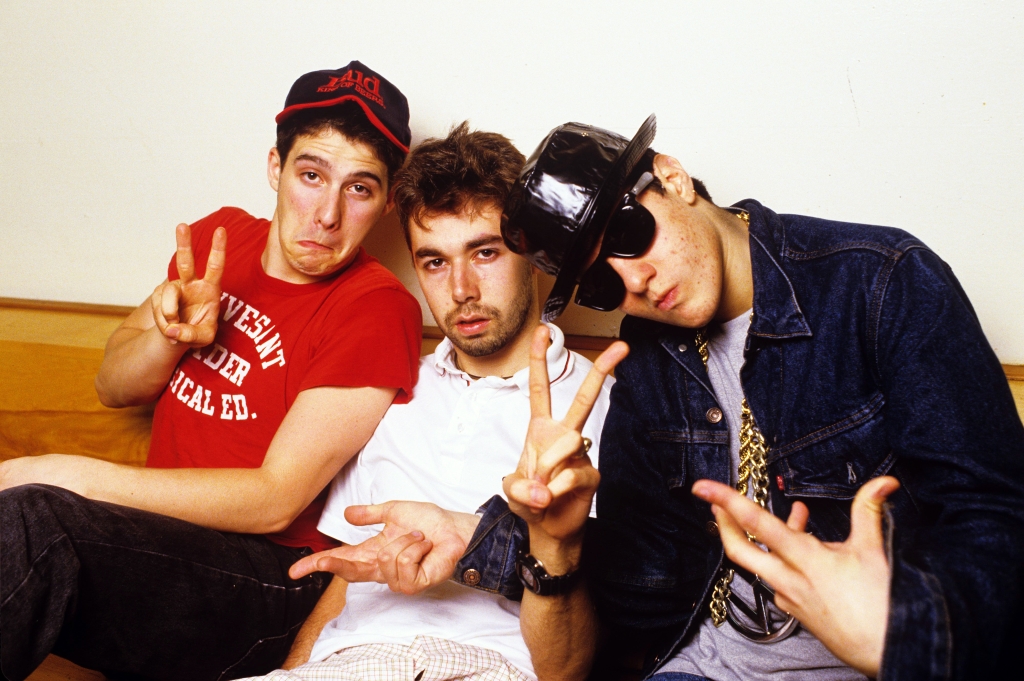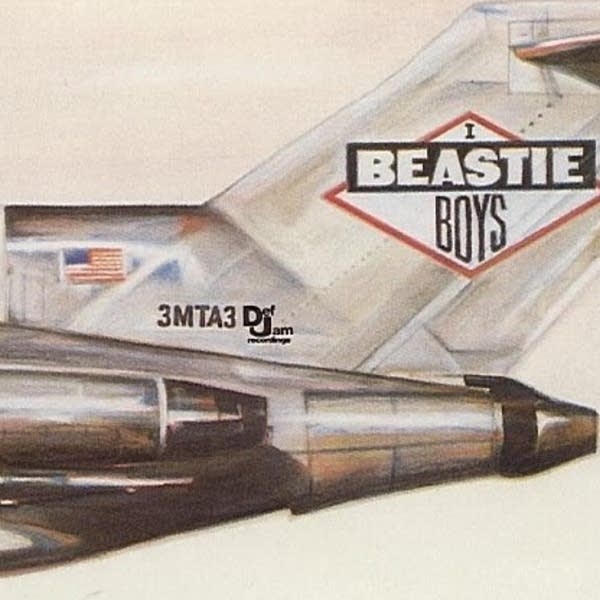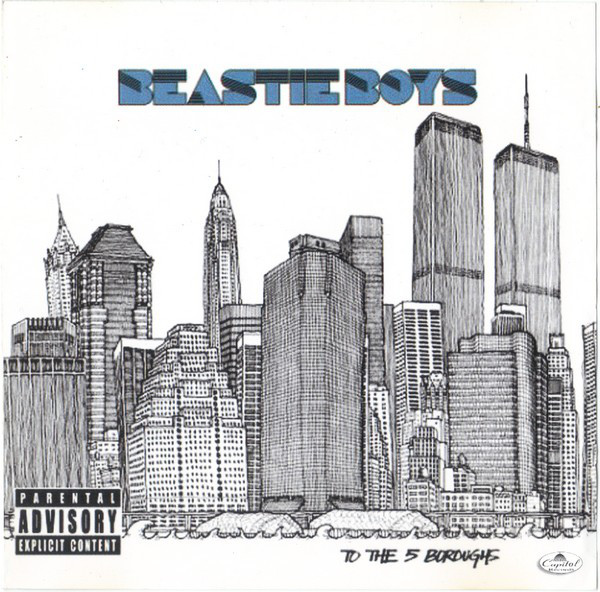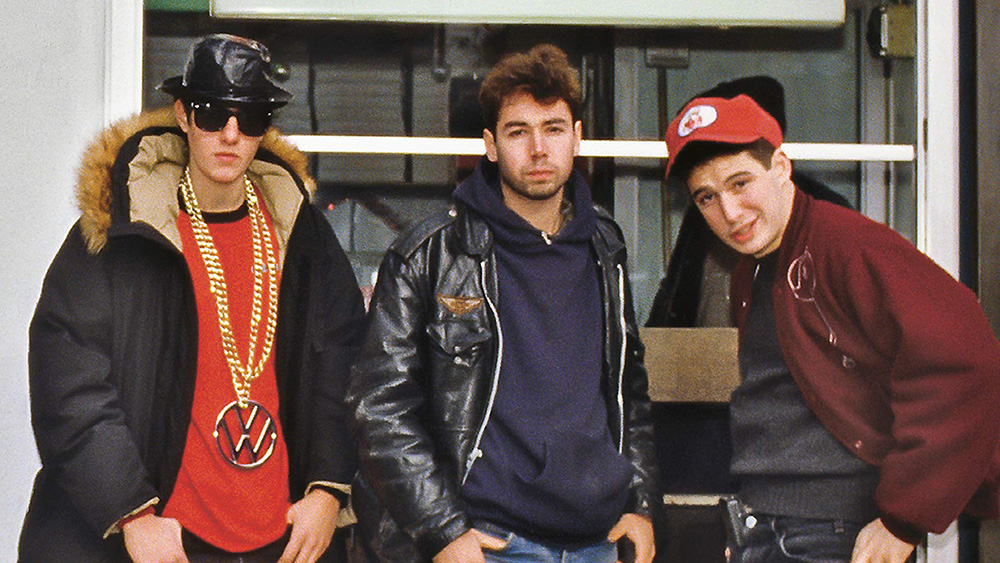Introduction: For those of you that have stumbled across this website and are interested in reading about my trek through the universe of the Tidal streaming service, let me tell you a bit about what I did. Back in 2016 I thought it would be kind of cool to listen to an artist’s catalog from start to finish and rank them from best to worst. After all, who doesn’t like a good list? I thought I might do a few of them and see what happened, hoping it would introduce me to records that were foreign to me in the arsenal of an artist I was familiar with. I also thought that it would be pretty cool to get out of the “one off” mode of listening to a new record, years after the previous one, in order to get a true sense of how the artist matured over time. Fast forward to June of 2019 and 250 catalogs later, I ended the trek. I posted these all on Facebook over the years as they were completed but I’m going to move them all over here, starting with #1, in order to expand them out a bit more. Facebook doesn’t exactly allow for too many details.
As with all my catalogs, to be considered in the ranking, an album has to meet certain criteria:
- The artist must actually perform on 80% of the tracks (soundtrack and rap provision)
- No compilations of previous released material will be included.
- However, compilations of previously recorded material will be included if they are remixes, bonus tracks, outtakes… mostly music that hasn’t been part of a main release before.
- The album must have been released officially and within the realm of the label that the artist would have been on at the time or official releases posthumously (normally applies to a slew of live records)
- Any EPs must contain new new music and be relevant to the catalog, not be more like a single with a b-side or two.

- Entrance Point: I’m not 100% sure I had heard the punk material before they hit it big but otherwise, I knew these guys very well.
- Included: The Mix-Up Bonus Tracks EP has been lumped in with the Mix-Up since it plays out like a deluxe version anyway.
- Not Included: The Polly Wog Stew EP since it was released in full on Some Old Bullshit a decade later and that’s included in my list.
All albums ranked on a 10 scale:
- Licensed To Ill (9.5)

I really wanted to give this a full 10 stars and if it wasn’t for the final track, “Time To Get Ill,” being somewhat weaker than the rest of the album, I would have but either way, it’s of course a groundbreaking record in many realms – for the Beastie Boys, for rap, for white rappers in general and for Rick Rubin. It’s an amazing record that influenced so many rappers and changed the landscape, some Jewish boys from NY mixing rock and rap together. It’s truly a hip-hop record but in reality, could this be the first rap-rock album? It might be, but I’d like to forget that point because that genre only got worse moving forward.
Seven of the 13 songs were released as singles and weirdly enough, the Beastie Boys anthem, “(You Gotta) Fight For Your Right (To Party!)” was the fourth one. The first single was “Hold It Now, Hit It” and was out for four months before they released “Paul Revere” as the second one. I’m a bit shocked they even got to a second one based on that choice but Rubin pushed this record hard and for good reason. It’s hard to argue with how fantastic “Girls” “Brass Monkey” “Paul Revere” and really nine other tracks are on this album. And while it’s of course a decidedly old school 80s sound, it’s held up well and today, still gets me in b-boy mode when I hear it.
- Paul’s Boutique (9)

As groundbreaking as License to Ill was, the follow up, Paul’s Boutique was even more so. The album was produced by the Dust Brothers who instead of using live instrumentation with samples, all the tracks are based solely on sampling and not an interpolation of just one song but upwards of a dozen samples on each track – tiny few second snippets and beats that arrive and depart before you know what hit you. After the success of the debut, they were kind of labeled as a joke band, so they took the time to take a drastically different direction that made sure they would be around for longer than one record. And no matter how many beats are used on each track, you can tell the rhymes were written over the instrumental and weren’t existing verses that they tried to fit in somewhere.
At the time of release in 1989, it wasn’t received well and I can understand why, as it lacks the party tracks of the previous album but what it had going for it was that other rappers loved it and it gained the Beastie Boys some much needed credibility in the rap scene. And really, what I’d tell you, if you listened to the album 30 years ago and hated it but your tastes have matured since then, give it another spin. For an album that’s so busy and has a million different sounds on it, it sure flows damn well.
- To the 5 Boroughs (8)

There’s nothing innovating or groundbreaking on this record but it’s just a fun throwback record that kind of sounds like a mix of everything the guys tried over the years. It’s filled with a ton of samples but has live instrumentation as well. The beats are pretty old school sounding and unlike Hello Nasty before it, the tracks are back to basics rather than having a ton of bells and whistles at every turn. This album came out in 2004 and I don’t think got the respect it deserved at the time. It’s never going to be considered a classic Beastie Boys record but it’s an incredibly fun almost O.G. look at hip hop that was unexpected from these guys at that time.
- Ill Communication (7)

I go back to Ill Communication a lot but I find myself skipping through tracks, which is why this only gets a seven. The gents really put a focus back on live instruments on this record but also added in a bit of funk and lot of jazzy pieces. They also have a couple tracks that harken back to their hardcore roots. While Paul’s Boutique was a chaotic blend of sounds, it all came back to hip-hop and thus the flow was stellar from start to finish. The sheer deviations into other styles on this record as a whole are simply jolting at times. In the end, it’s funny that the rock song, “Sabotage” is the one that’s remembered the most from the record but for good reason as it’s a damn fine track. But I’m happy to skip over the hardcore punk “Tough Guy” and “Heart Attack Man,” happy to skip over the jazz interlude “Bobo on the Corner” and the final three tracks of the album, which is really long at 20 tracks and nearly an hour. There’s great moments and some weak ones as well but the point at the time was still that you never know what to expect from these dudes.
- Check Your Head (7)

“So What’cha Want” is one of my favorite Beastie Boys singles and it certainly is a good representation of this record. The follow up to Paul’s Boutique came out in 1992 and once again switched everything up – where the band moved away from samples and sort-of-kind-of created an alt rock record here. Sure, there’s rap on this but I would argue that this is the B-boys only non-rap record of their rap era (they were hardcore punk before hitting the mainstream) and thus it’s the third record in a row that sounds completely different from the previous one. In 1992, this really fit the landscape nicely, blending with both the Becks and Nirvanas of the world to carve a nice path between them.
- Hot Sauce Committee Part 2 (6.5)
- The Mix Up / The Mix Up Bonus Tracks (5)
- Aglio y Olio (4)
- Some Old Bullshit (3)
- Hello Nasty (2)
Yeah, that’s right – the album that the Ad-Rock says is his favorite Beastie Boys album, is my least favorite. Sure, “Intergalactic” was a pretty catchy single and follow up “Body Movin'” was decent enough but the problem with this album is that there are a million bells, whistles and noises everywhere and while a barrage of samples worked great in the past, a barrage of noises just clutters the shit out everything here. The entire record is just far too busy making it an incredibly tough listen for me.
Summary: 10 albums, average 6.1
